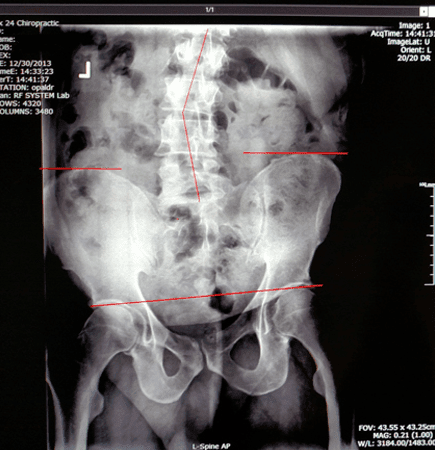
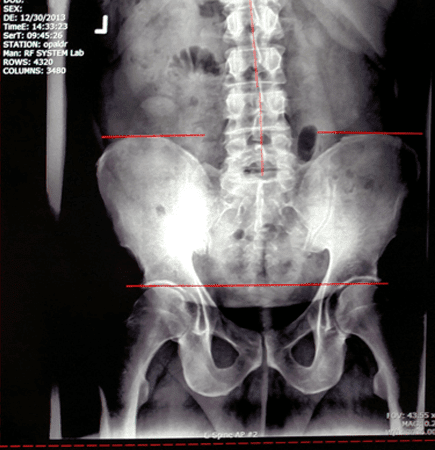
Stenosis Before & After Treatment
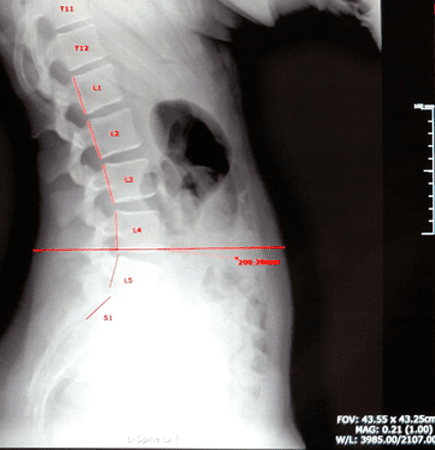
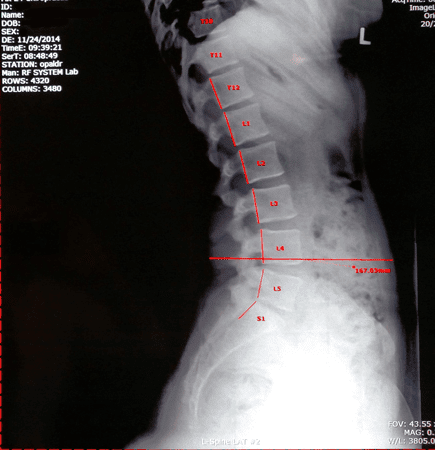
Stenosis Before & After Treatment
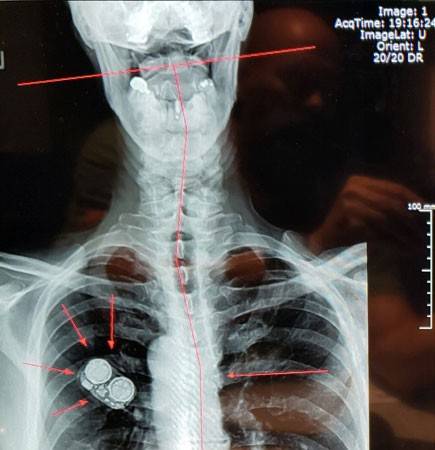
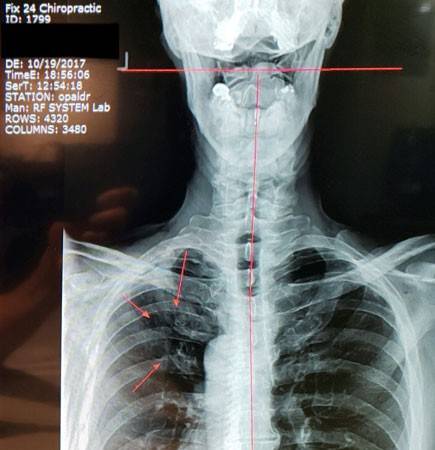
Thoracic Stenosis Before & After Treatment with Heart Monitor Removed
WHAT CAUSES SPINAL STENOSIS?
Spinal stenosis is caused from a vertebra that shifts backwards. In rare cases, forward shifting of the vertebra known as spondylolisthesis can narrow the openings of the spinal column. Either way, when bones are misaligned, they impinge nerves and cause health problems. The cause of spinal stenosis is mechanical stress. In engineering, mechanical stress comes in many forms such as, compressive, tensional and shearing stress. Shearing stress occurs in the spine from excessive bending forward at the waist and repetitive looking down with the neck. The range of motion is called flexion. Flexion is the cause of spinal stenosis.
WHAT ARE SYMPTOMS OF SPINAL STENOSIS?
Greys Anatomy tells us that every organ and gland in the human body is controlled by nerves that exit the spinal column. If there is mechanical stress present in the spine, this will produce structural misalignments and nerve impingement. Impinged nerves alter the normal physiology of organ anatomy and leads to dysfunction or disease. We have seen cases of stenosis that produced bloating, erectile disfunction, enlarged prostate, bladder problems, heart arrhythmia, asthma and pain such as fibromyalgia and neuropathy.
TYPES OF SPINAL STENOSIS
Mechanical stress from excessive flexion (bending forward) can produce spinal stenosis in the cervical spine, thoracic spine and lumbar spine. Flexion causes the vertebra to shift backwards and narrows the opening where the neurological structures reside. This produces nerve impingement and results in pain and/or adverse organ physiology.
What Are the Treatment Options for Cervical, Thoracic, and Lumbar Stenosis Available to Me?
The typical allopathic treatment protocols include injections, pain killers, muscle relaxers, physical therapy or spine surgery. None of these methods actually address the root problem of the misalignment, which is nerve impingement. The FIX24 system involves finding the mechanical stress using diagnostic engineering procedures and developing a plan of action that involves repositioning the vertebra forward without twisting the spine or neck. Then teach the patient how to minimize their daily routines that involve excessive flexion.
If you are looking for a chiropractic office that emphasizes treating cervical, thoracic, and lumbar spinal stenosis in Phoenix, please contact us at FIX24 Joint Biomechanics.